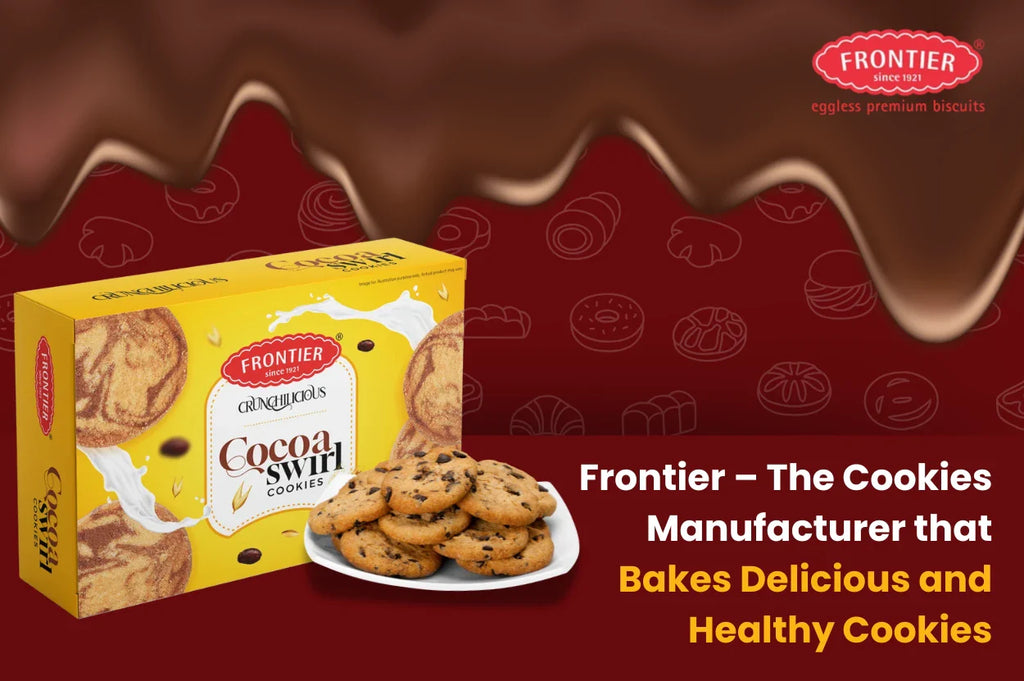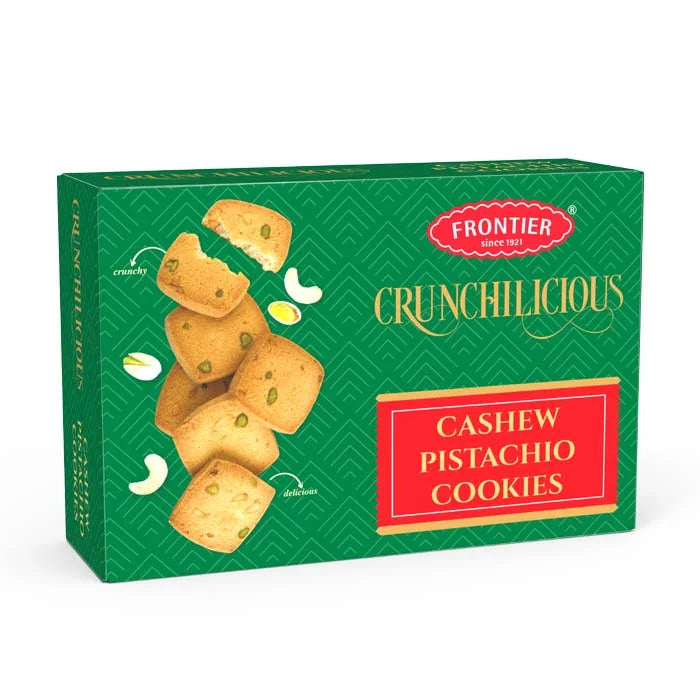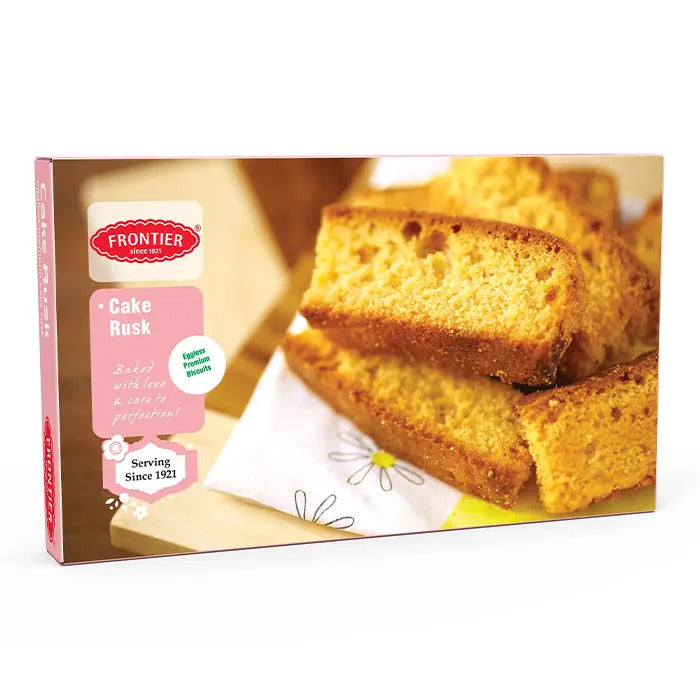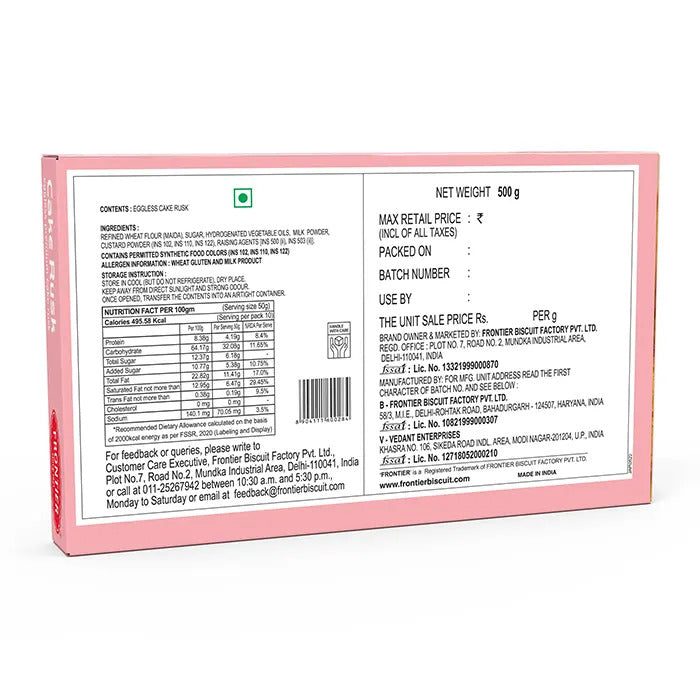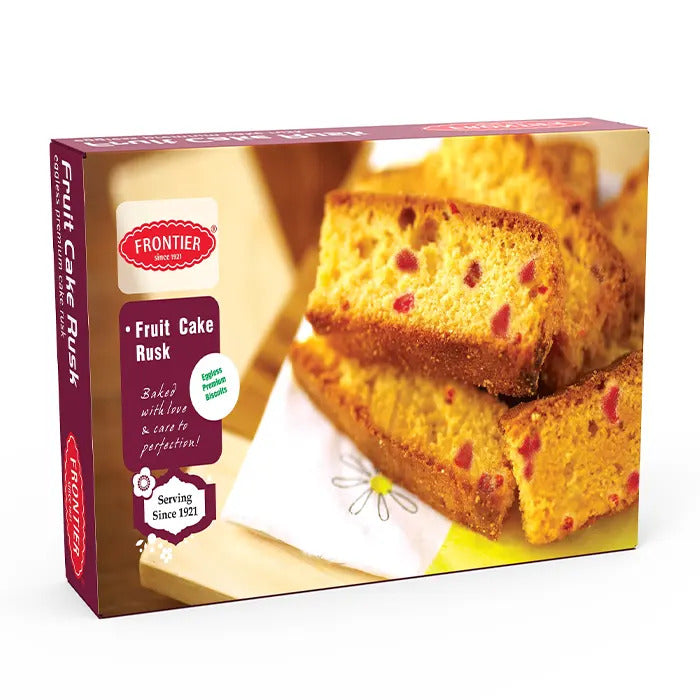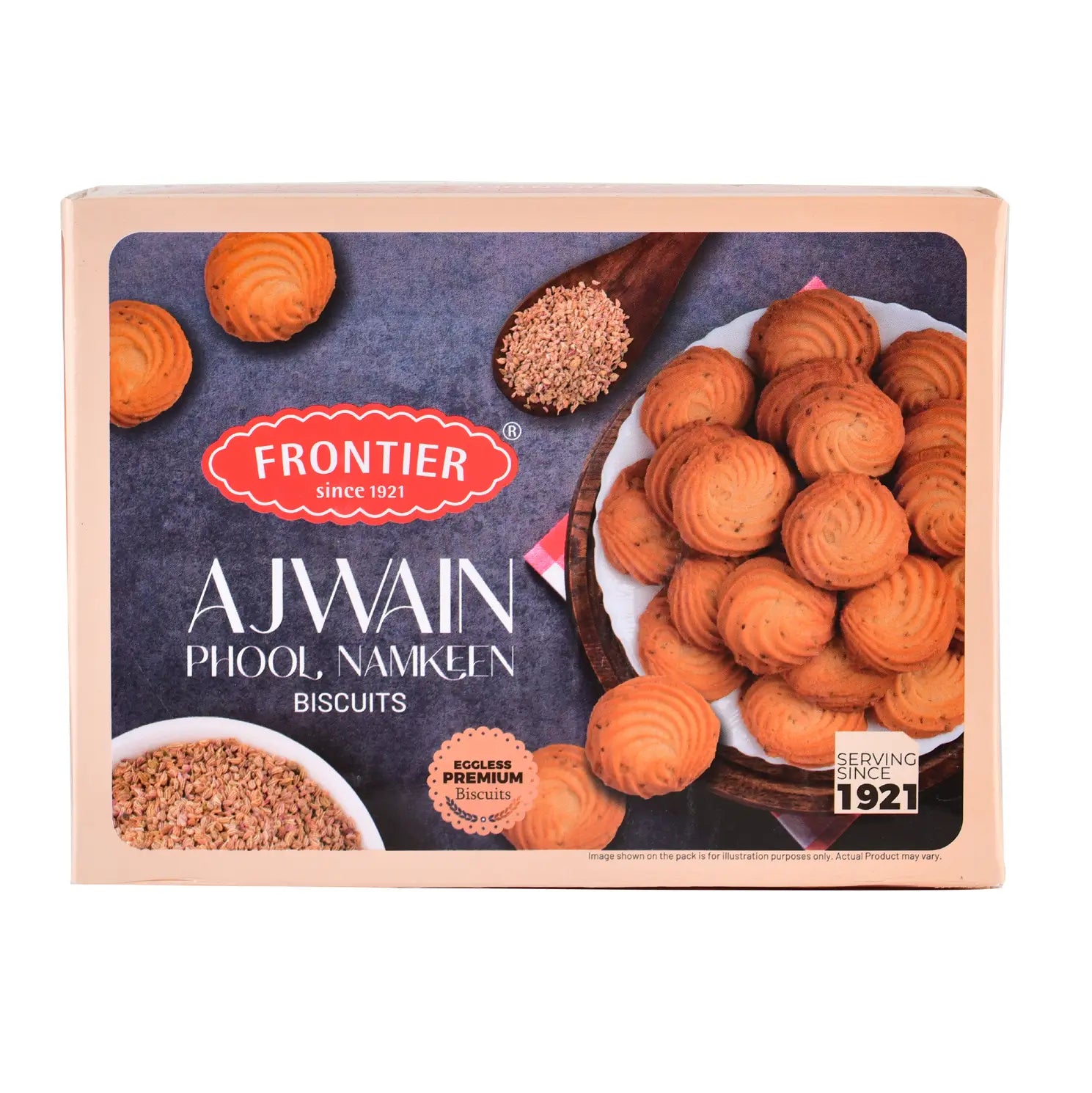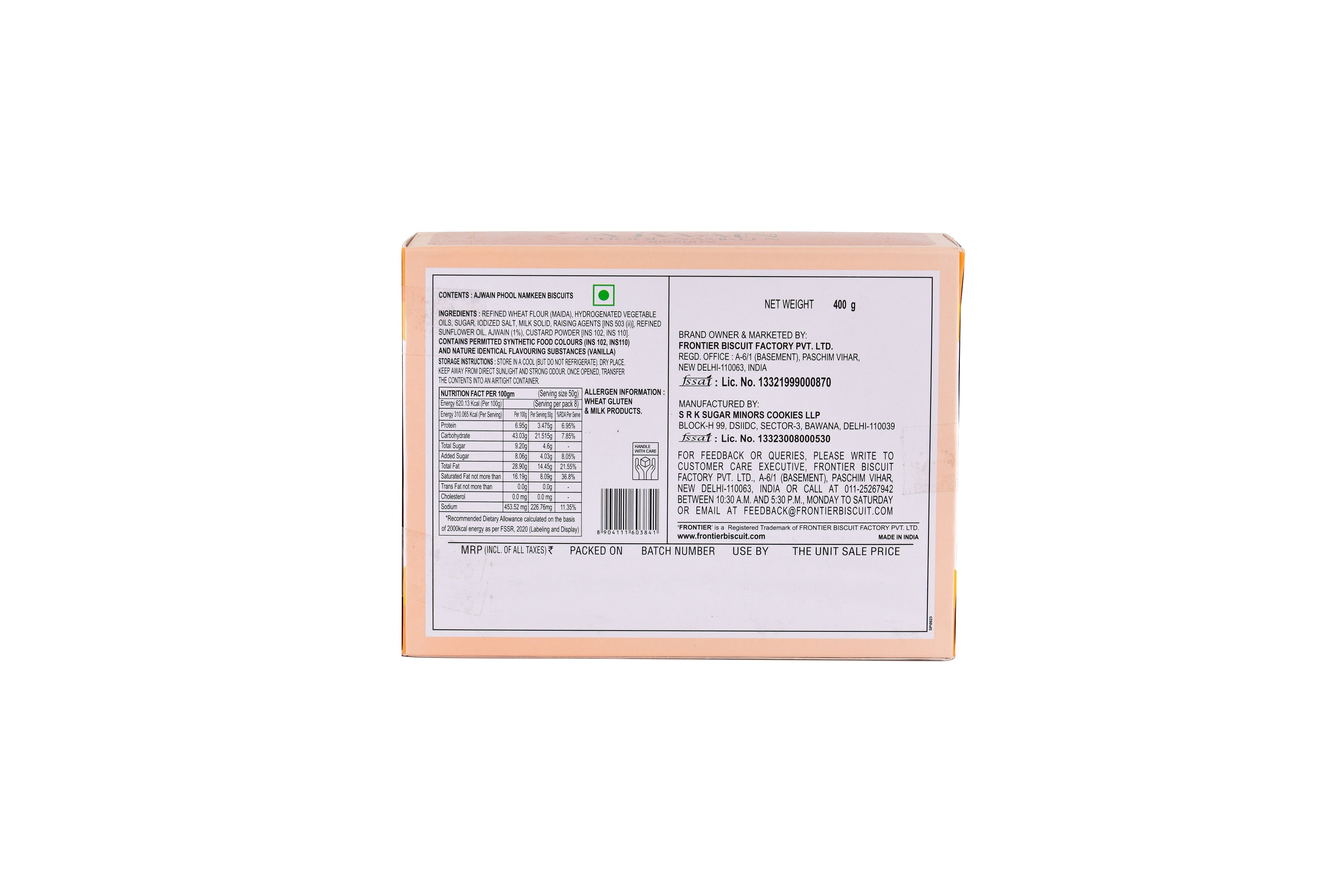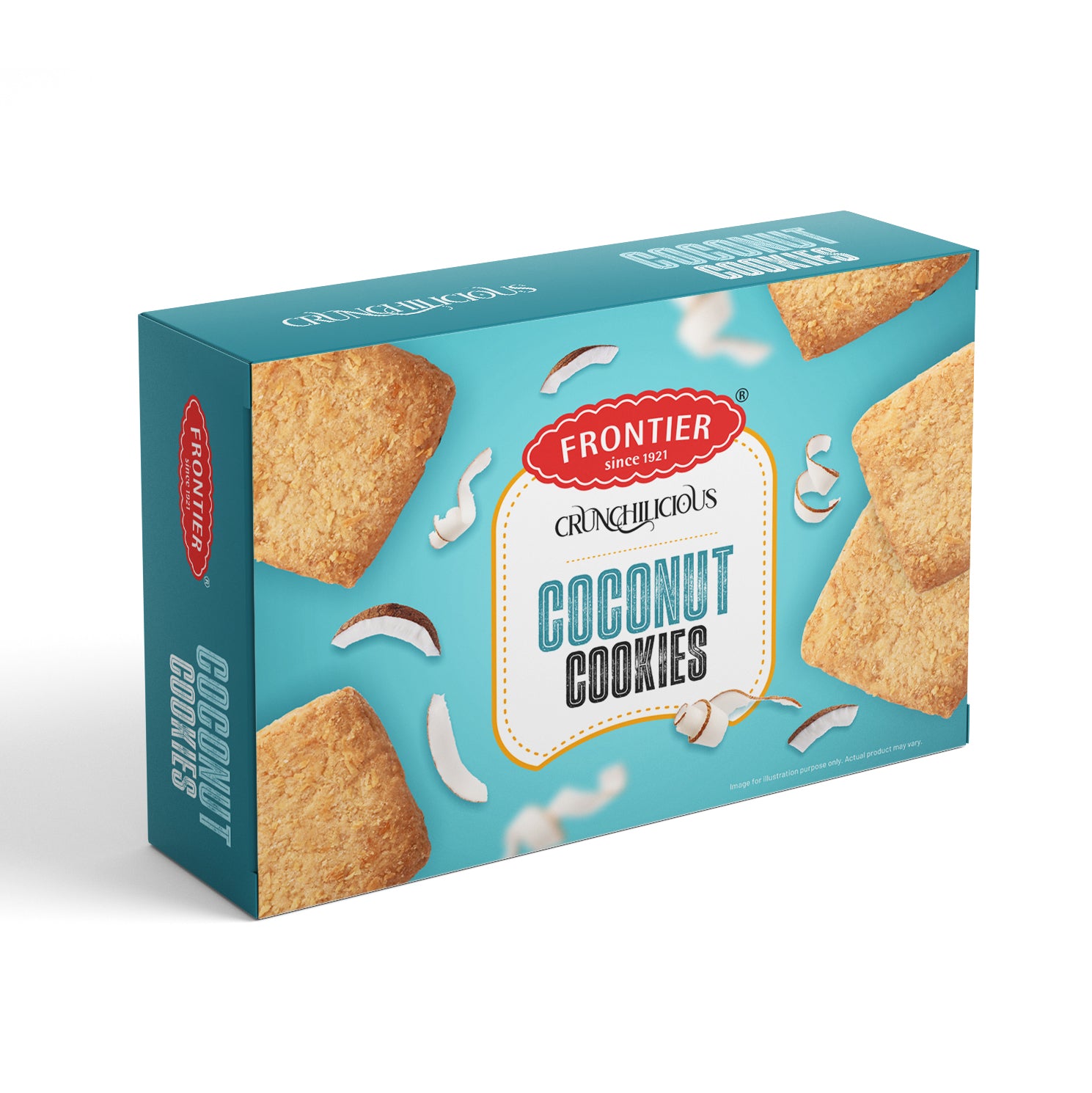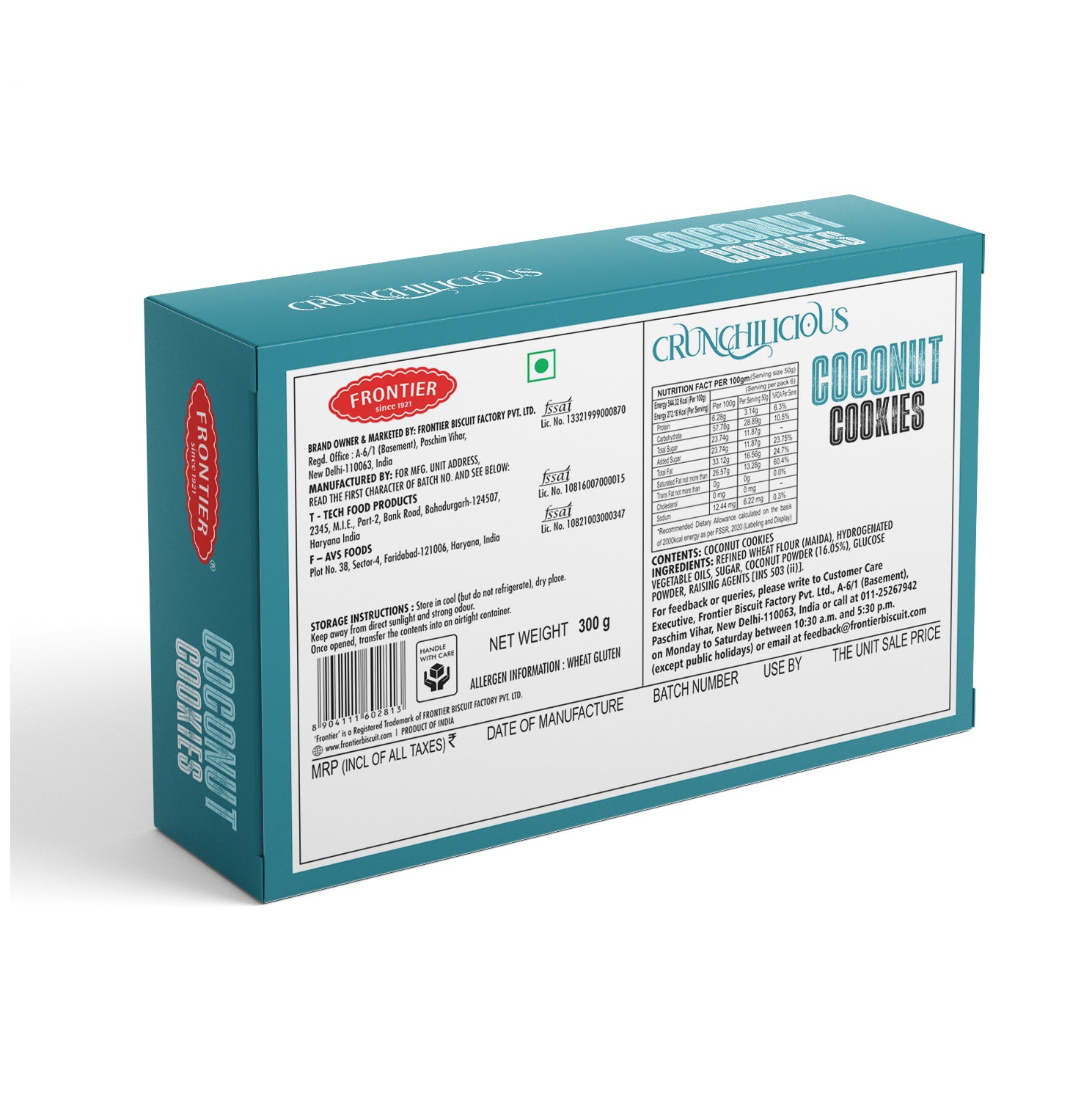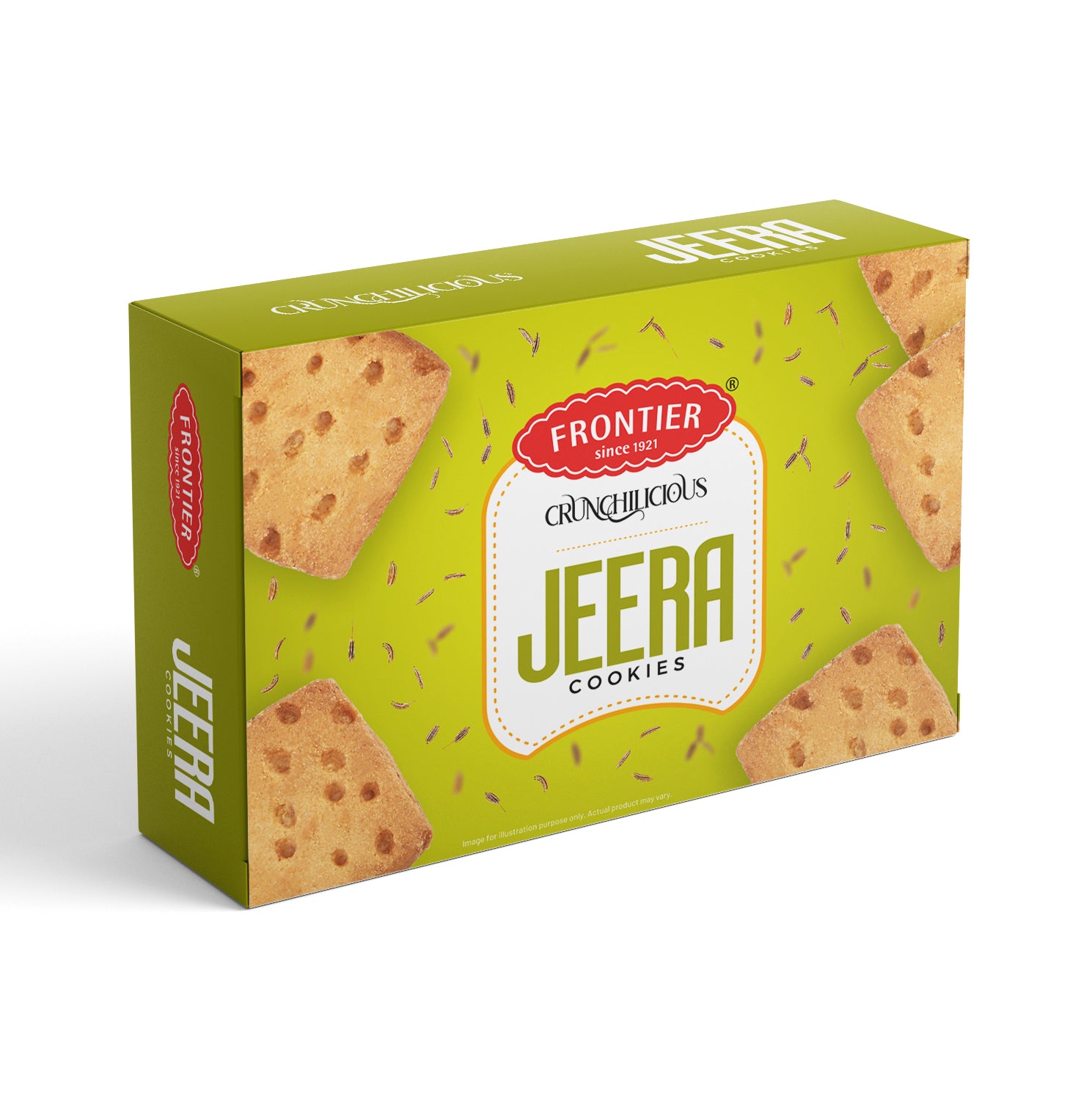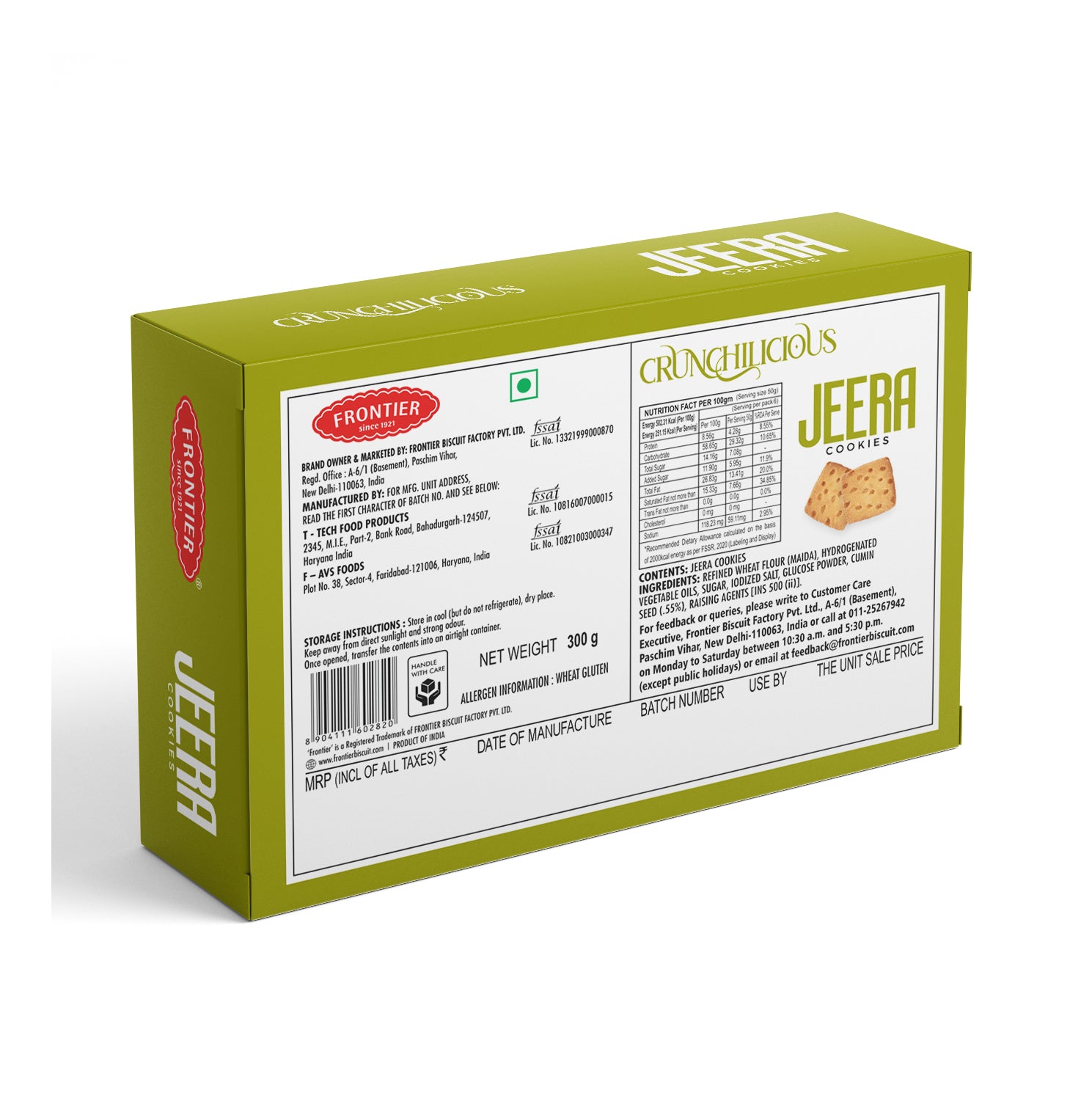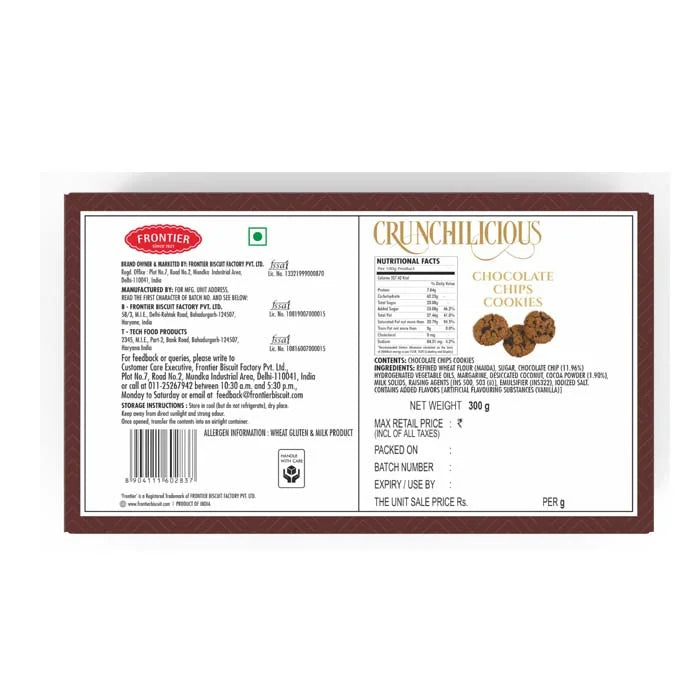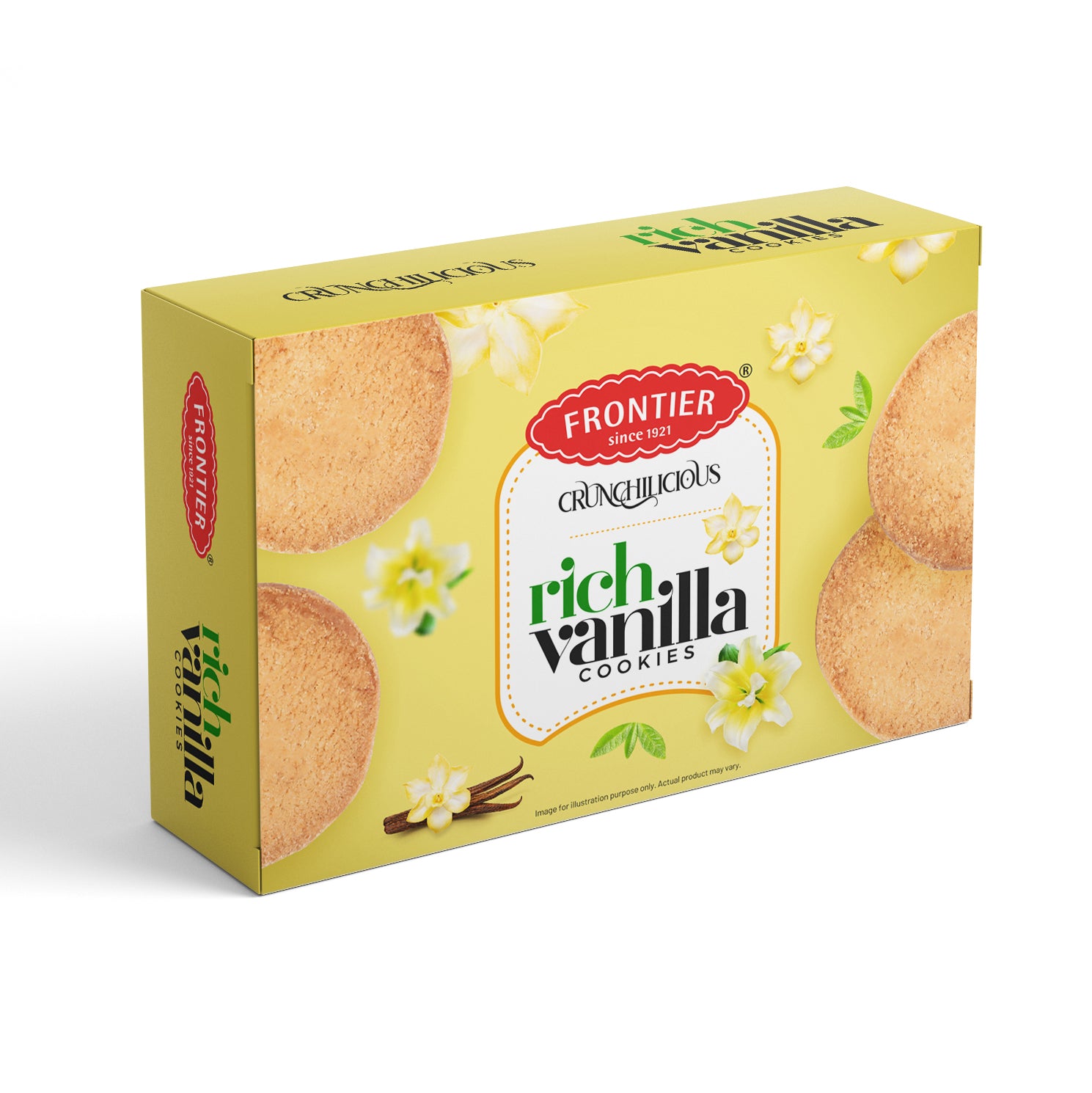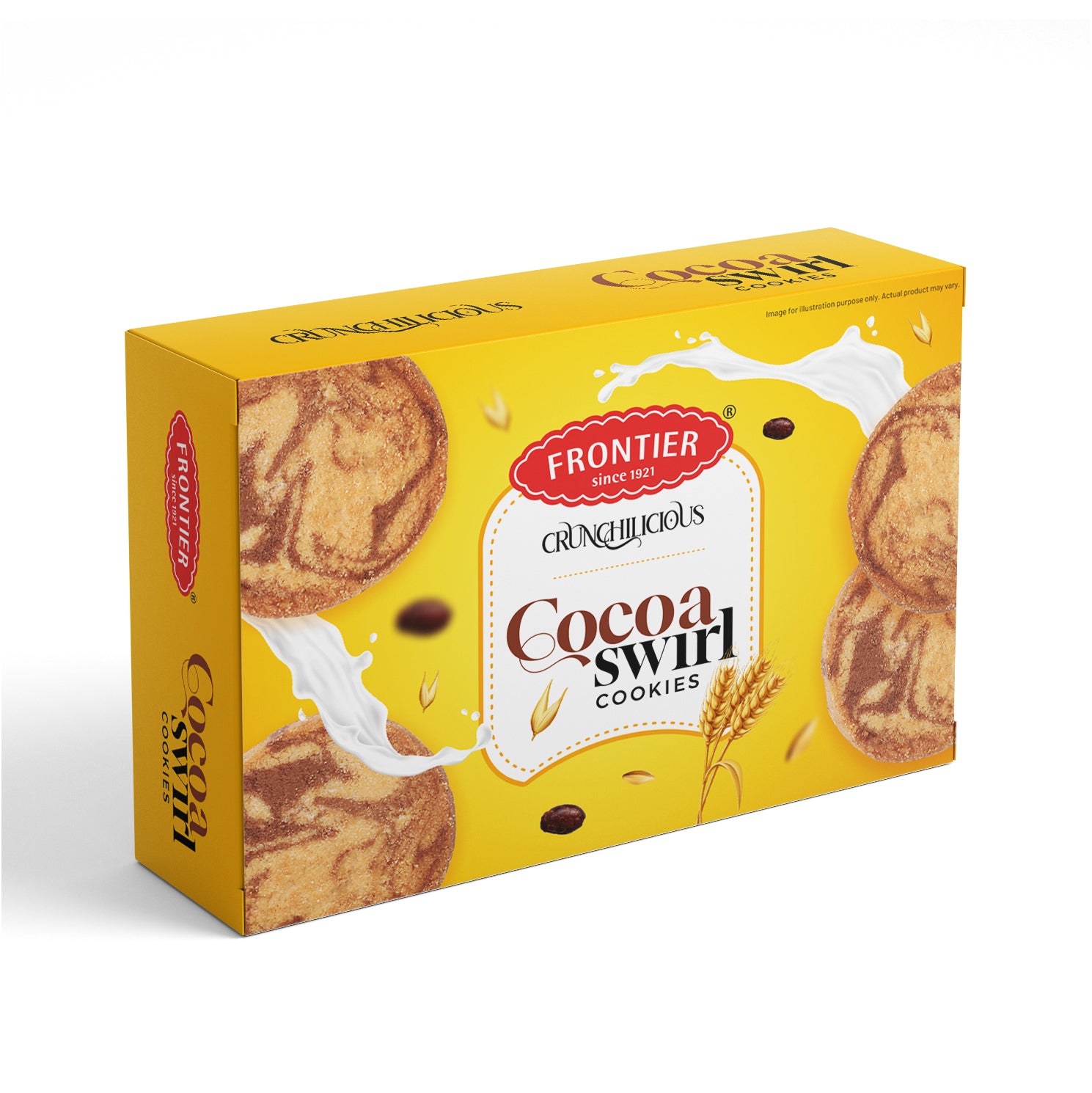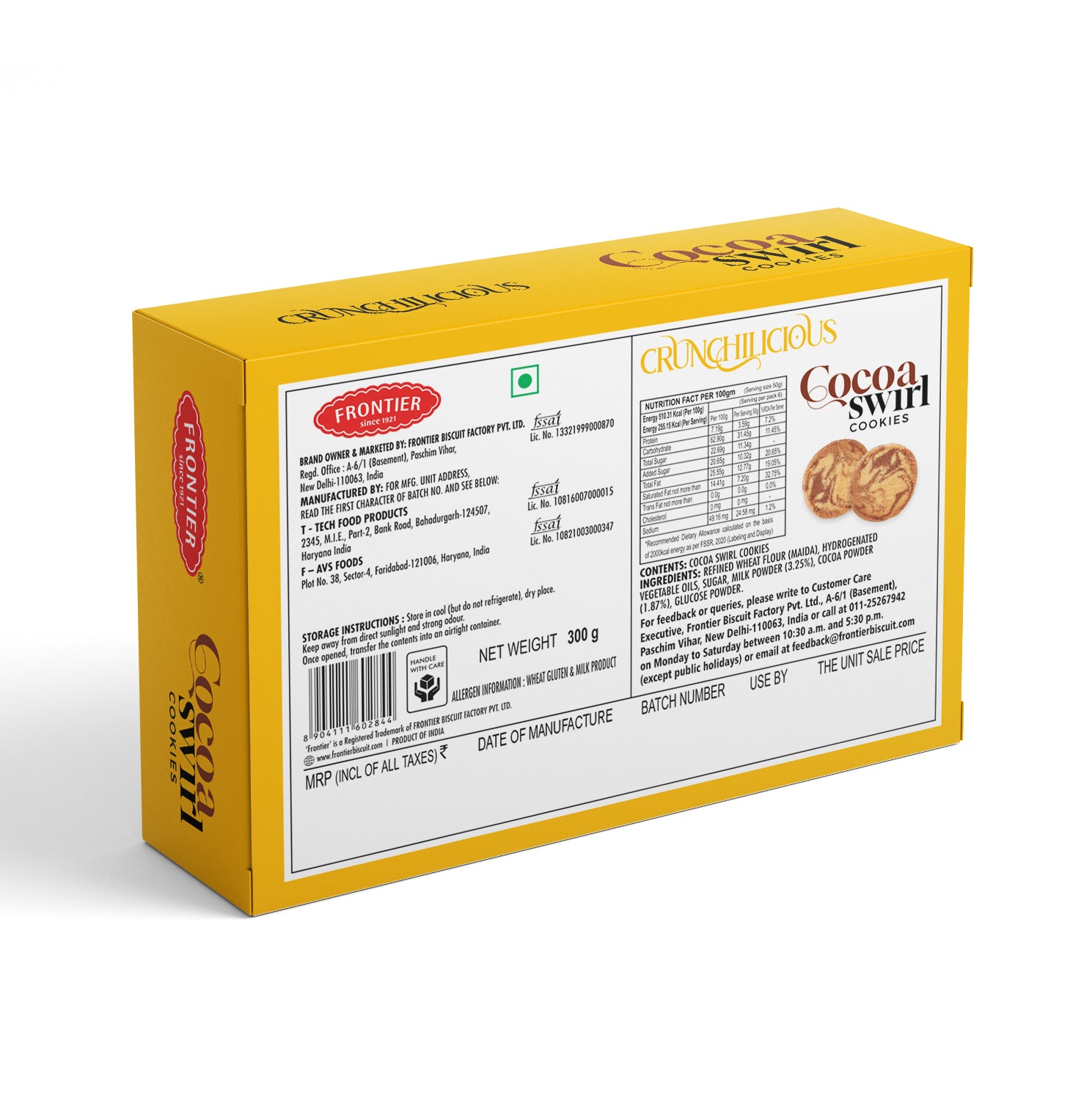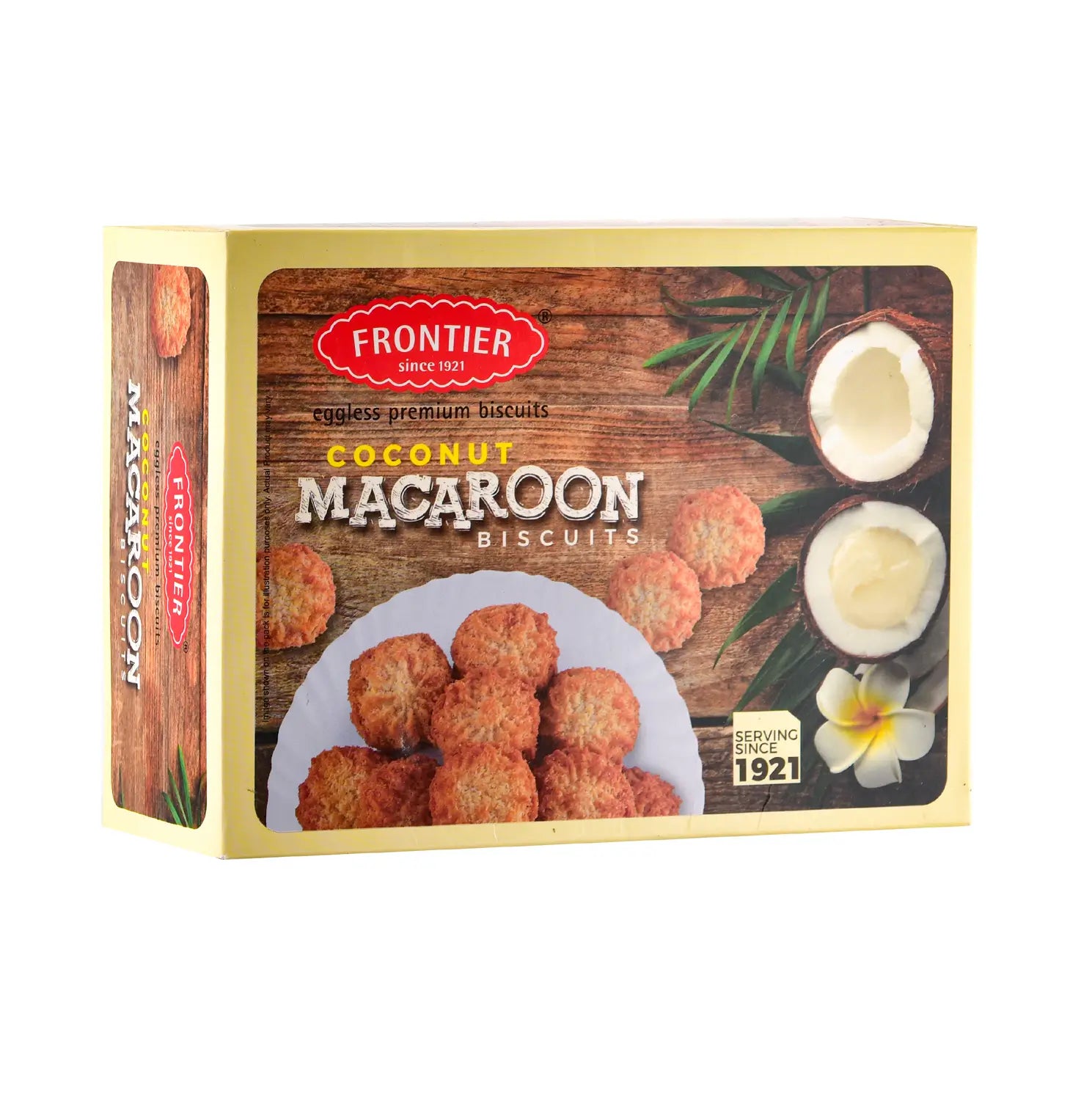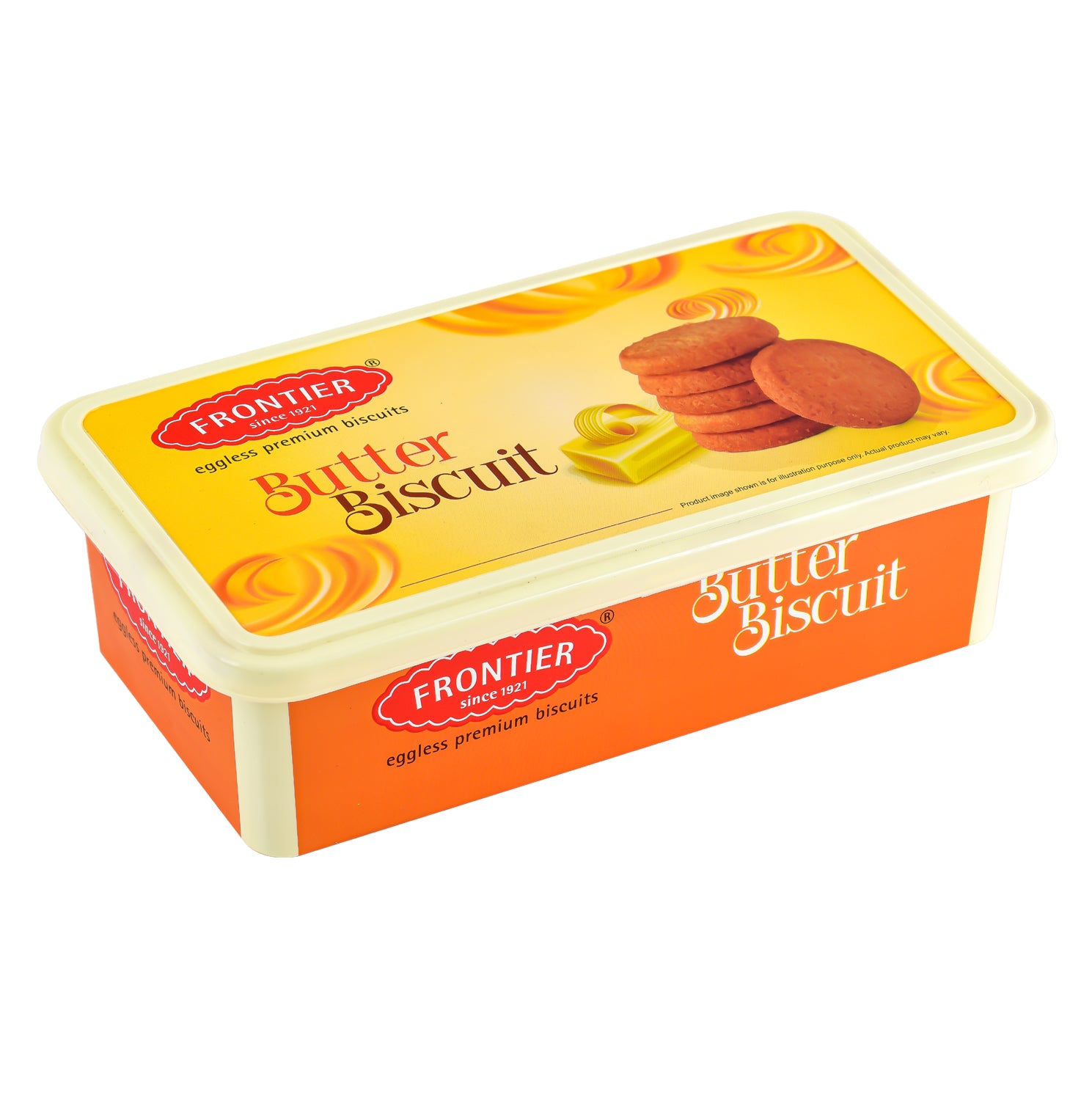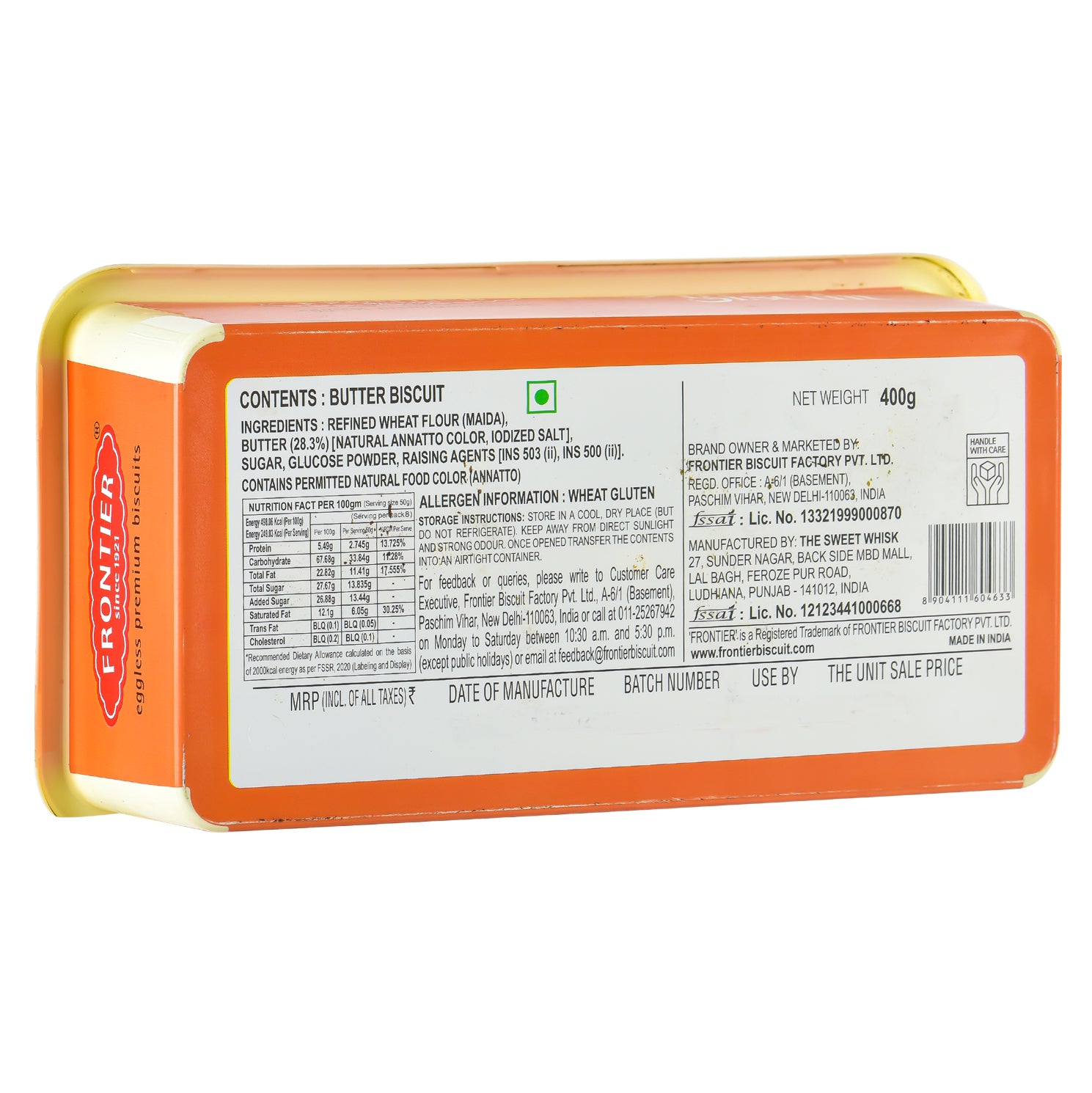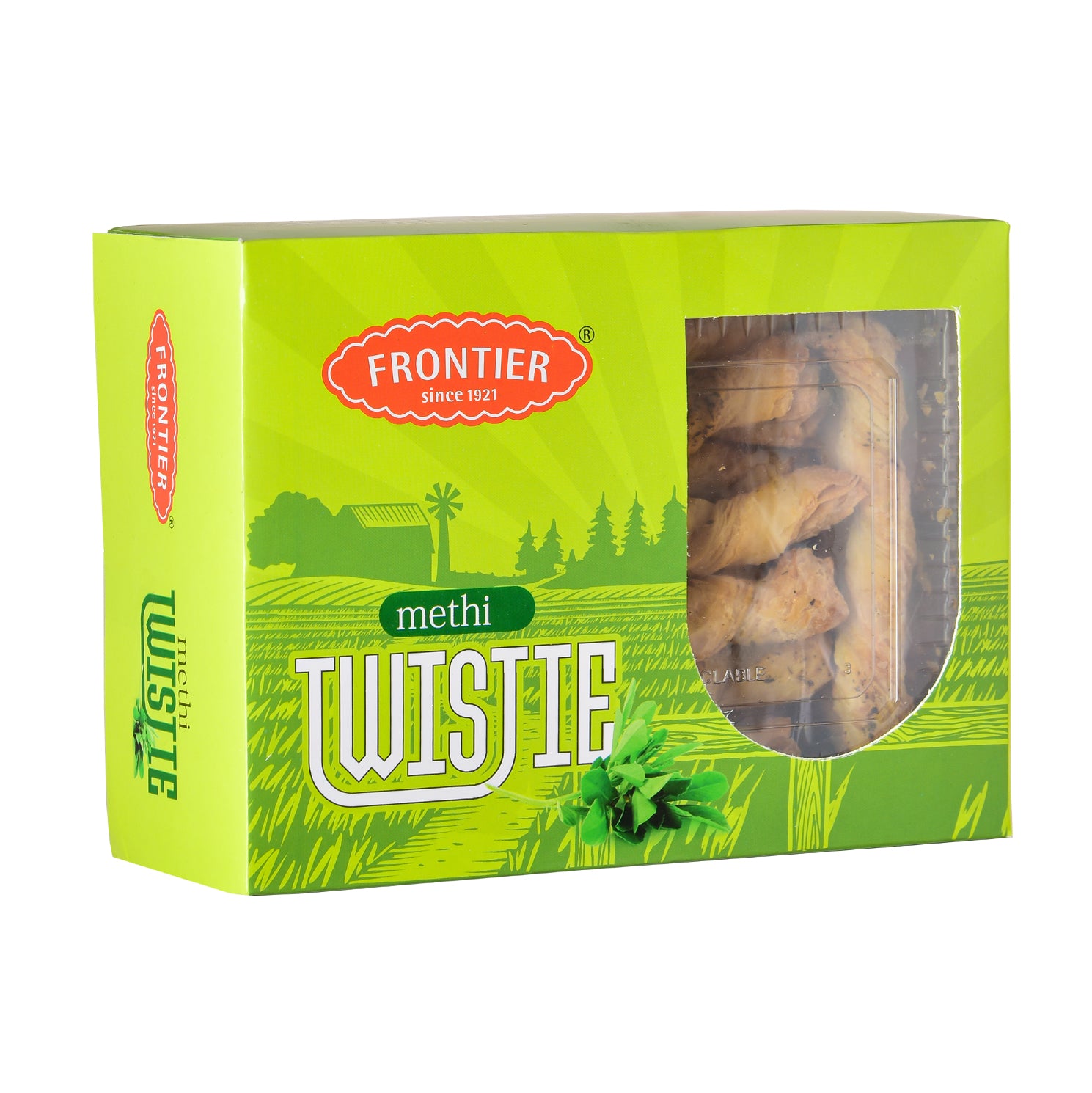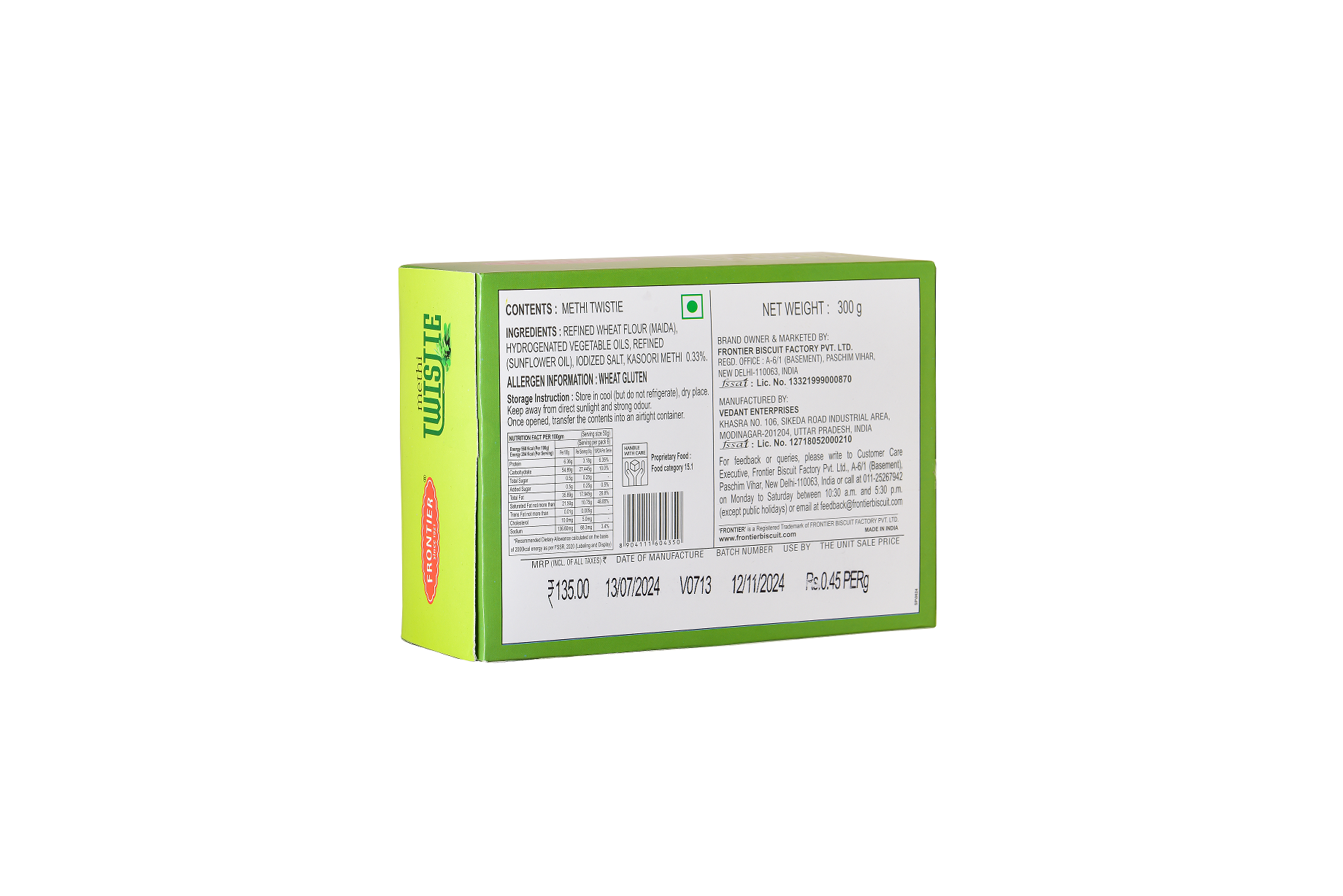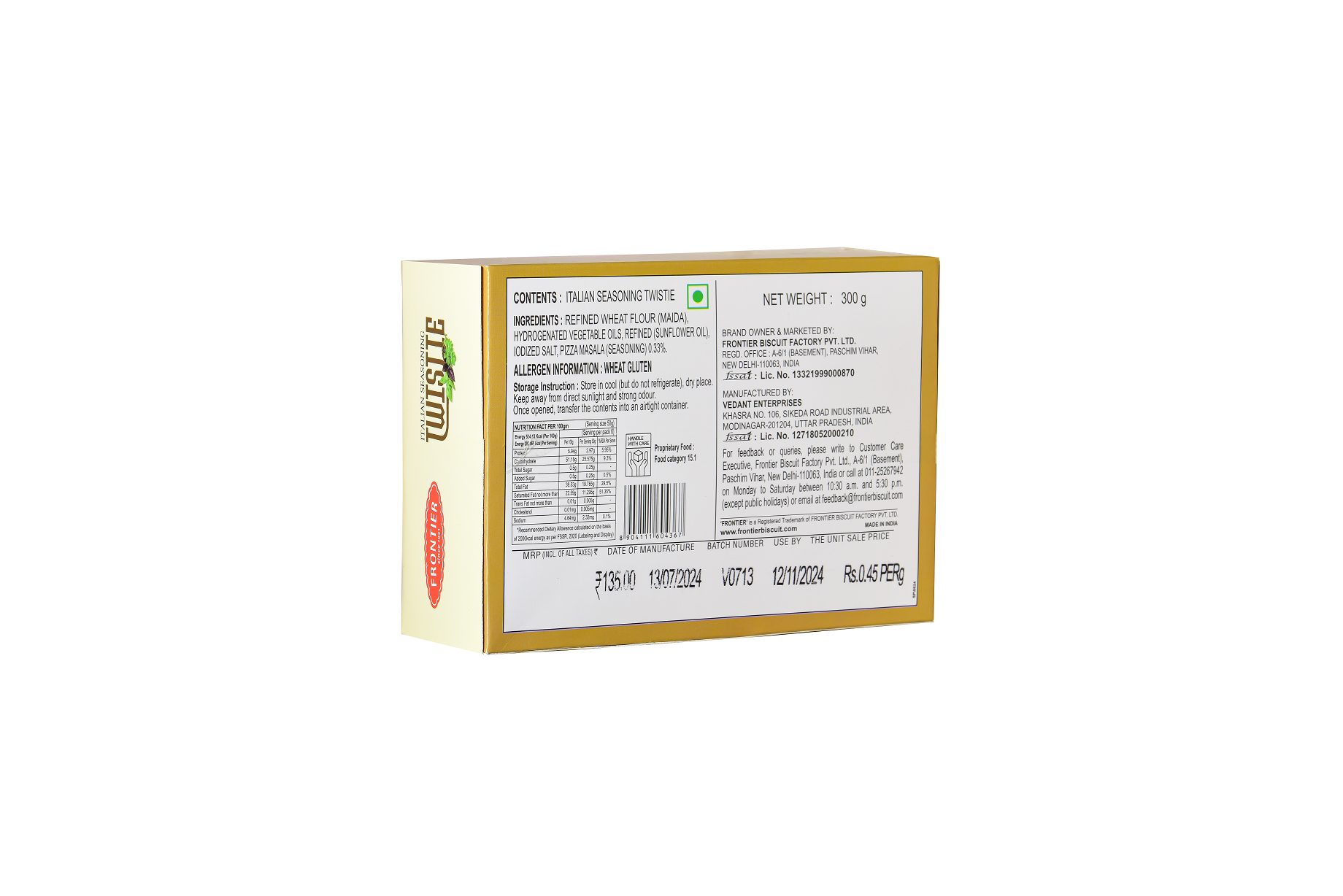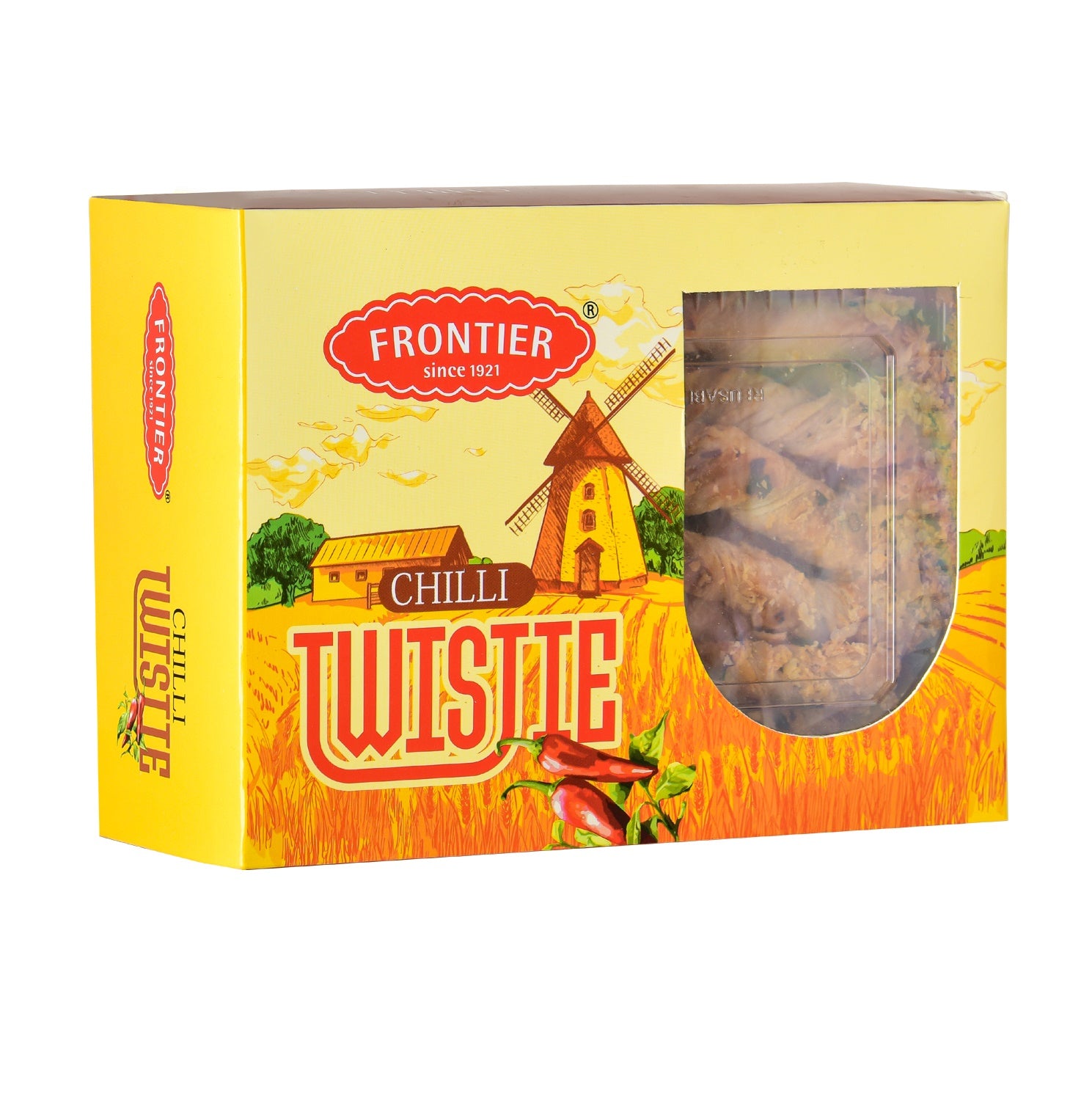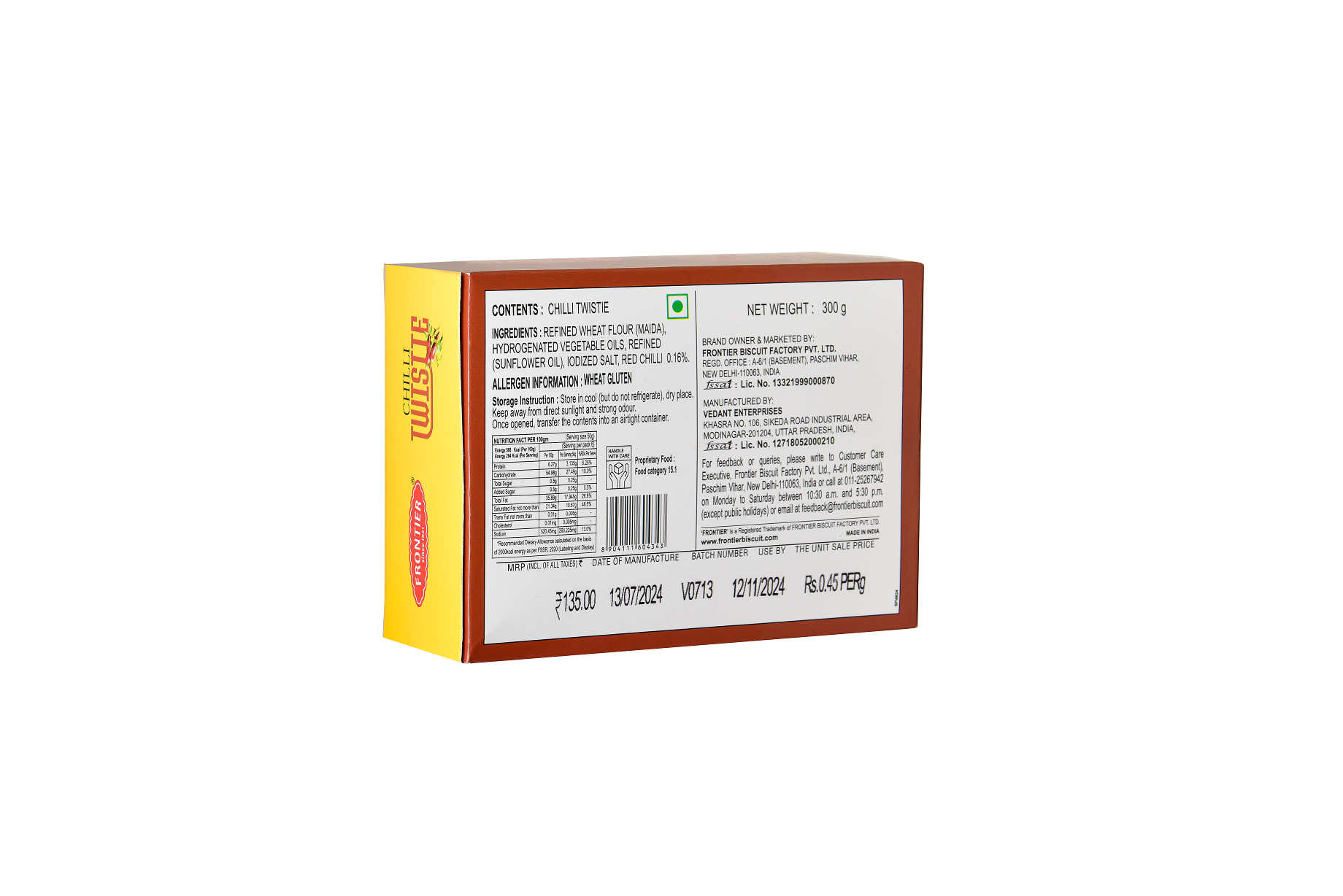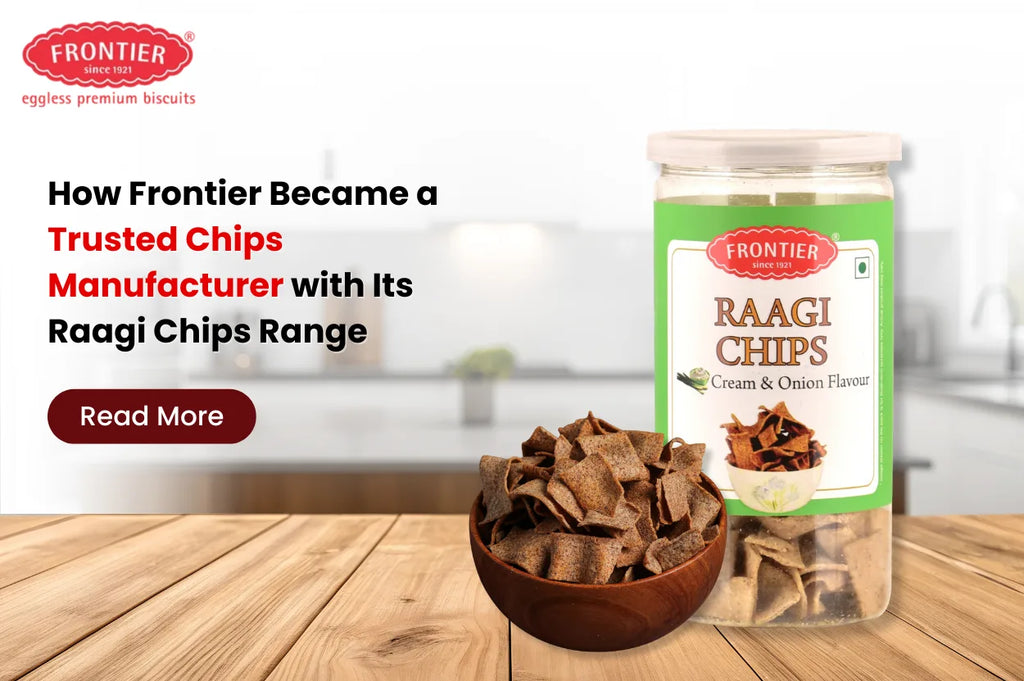
How Frontier Became a Trusted Chips Manufacturer with Its Raagi Chips Range

India is snack heaven, but trust is in short supply. When people buy a bag of chips, they’re buying into the manufacturing discipline and sourcing clarity and week-to-week consistency of that brand, as much as a flavour. This is the story of how Frontier deployed a bakery-grade thinking to snacks and established trust with the chip manufacturing companies in India — and coming into its own by being bold on millet-led Raagi Chips-Cream & Onion.
Why Raagi, and why now?
Millets have moved mainstream. They’re durable and they endure local growing; these are good for instrumental snacking. Raagi (finger millet) contributes an earthy ground note, a pleasant natural nuttiness and solid structure — the latter a useful attribute in a chip that remains crisp without being oily. Raagi also represents an opportunity for manufacturers to tell a clear sourcing story, and distinguish themselves in the sea of potato-only offers usual among chip makers. There were three very human reasons Frontier selected Raagi. First, it has a familiar but different bite that’s good beside dairy-herb profiles like Cream & Onion. Second, the granulation of the flour can be adjusted to control crispness and breakage. Third, millet-forward recipes offer simple, understandable labels — which both retailers and consumers are increasingly looking for. A managed hydration window, tight sheet/thickness specs and a thermal profile which preserves colour and texture. The result was a signature “crunch” consistent enough to spur repeat purchases rather than novelty-driven single buys.

Raagi vs. typical potato chips
A quick, practical comparison helps buyers, distributors, and procurement teams evaluate shelf fit. Use the table below when discussing planograms or private-label briefs with chip manufacturers.
Product Comparison: Chips
| Attribute | Raagi-Forward Chips | Conventional Potato Chips |
|---|---|---|
| Base | Finger millet (Raagi) | Potato |
| Texture goal | Crisp with a heartier, grain-led bite | Light, airy crisp |
| On-pack story | Millet-led, regional, ingredient-focused | Familiar, widely accepted |
| Distinctiveness | High—stands out on shelf & menu | Medium—competes via flavour alone |
| Conversation with consumers | "Better choice" angle + comfort flavour | Comfort flavour emphasis |
Raagi delivers a recognisably “chips” experience with more body and a label that’s easy to explain. In a category where chip manufacturing in India is often about speed, millet offers a thoughtful point of difference without forcing unfamiliar tastes.
Where Frontier fits among chip manufacturing in India
While many are able to manufacture at volume, fewer maintain quality consistently through both seasons and lanes. On the edge of Frontier are some habits: things you can verify from a plant tour or documentation, which put process ahead of personality:
Granulation stability:
- Raagi flour blends are kept within consistent bands so the dough feels and bakes properly, for clumps to turn into chips!
Hydration & rest control:
- Dough rests a touch to relax, but not so much that sheets become gummy or fry unevenly.
Thickness discipline:
- Sheet or mould thickness is controlled to “ensure that every chip falls within a narrow tolerance” – crucial for uniform colour and crunch.
Thermal profile:
- Fry/roast temperatures are kept at specified intervals; minor stage differences are used to mitigate blistering and off notes.
Seasoning depositing:
- Coaters are adjusted to minimise edge loss so each chip tastes like a chip.
Barrier packaging:
- Films, seals are calibrated for India’s heat/humidity; oxygen ingress is monitored to ensure crispness holds in-market.
FIFO & traceability:
- FIFO rotation and batch IDs from flour to finished pack allow for fast, responsible corrections if necessary.
Why Frontier’s Raagi Chips work on the shelf?
Frontier’s Raagi Chips — Cream & Onion were not just market trials.
- Known flavour on a unique base: Cream & Onion is unmistakable, the Raagi base levels up such that you feel it's not only balanced but nowhere close to being strong/ oily.
- Standardise your crunch: By processing to an exact sheet thickness + time/temperature range, you maintain a consistent bite across lots, which results in unmixed batches and less consumer surprises.
- Clean finish: If the stewardship of oils and seasoning is in balance, you avoid a waxy mouthfeel—that's important if someone wants to reach for your product again.
- Enhanced portfolio fit: Raagi Cream & Onion sits in between regular potato flavours and premium cookies/nankeen cross-merchandising, enabling stores to create a small “better choice” set without disrupting the aisle.
- Straightforward talk-track: You can’t get any clearer than “millet-based, Cream & Onion flavour, crisp texture” for your staff to say.
This product’s behaviour — firm texture, low breakage, clean flavour — is also more important to distributors and modern trade buyers who compare chip-making companies or determine which ones it's worth shortlisting than any tagline.
Why Frontier?
Frontier applied its bakery mentality — batch control, moisture awareness, packaging discipline — to snacks. That’s how a chip that is millet-forward can scale without ever suffering drift in quality. Frontier centres around controllables, consumers can confirm, and stores can touch, and shoppers can taste.”
Conclusion
Faith in snacks is constructed batch by batch. Frontier burst into chips by treating Raagi like a craft grain, applying bakery-grade discipline to make a Crunchy Cream & Onion that performs consistently in the field. Whether you’re mapping chip makers, comparing Indian chip manufacturers or evaluating partners for scale: Focus on the habits that resist texture loss, flavour fade and shelf performance. Dig into the full portfolio here — or contact us to talk distribution and partnerships at Frontier Biscuits.
FAQs
1) Why did Frontier choose Raagi as a chip?
- Raagi presents a naturally nutty background, absorbs seasoning quickly and allows for an ingredient narrative that consumers can relate to. Under the right process controls, it offers that scalp-scratching crunch that a sack of potato chips will, except with more body.
2) Why is Frontier to be believed among chipmakers?
- Measurable controls: flour granulation ranges, hydration/rest windows, thickness tolerances, thermal logs, oil filtration/turnover; seasoning yield checks and barrier-pack specs—even FIFO and traceability. These are operating disciplines you can audit.
3) How do the Raagi chips taste compared to Potato Chips?
- They’re still “chips” — crisp and snackable — but the bite is a little heartier and the finish cleaner when oil management is disciplined. Its mild earthiness of Raagi goes well with the Cream & Onion.
4) Which areas of Indian chip manufacturing need some shelf stability?
- Heat and humidity. Check pack films, seal strength and oxygen control; marry with disciplined FIFO in warehousing and retail to keep the crunch going.






